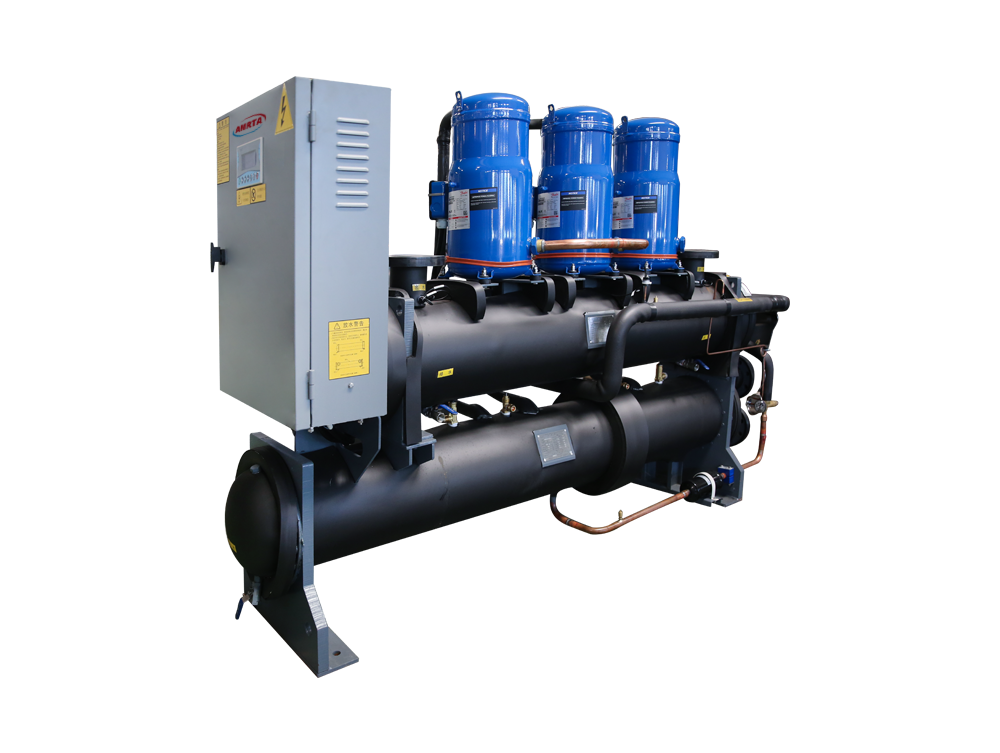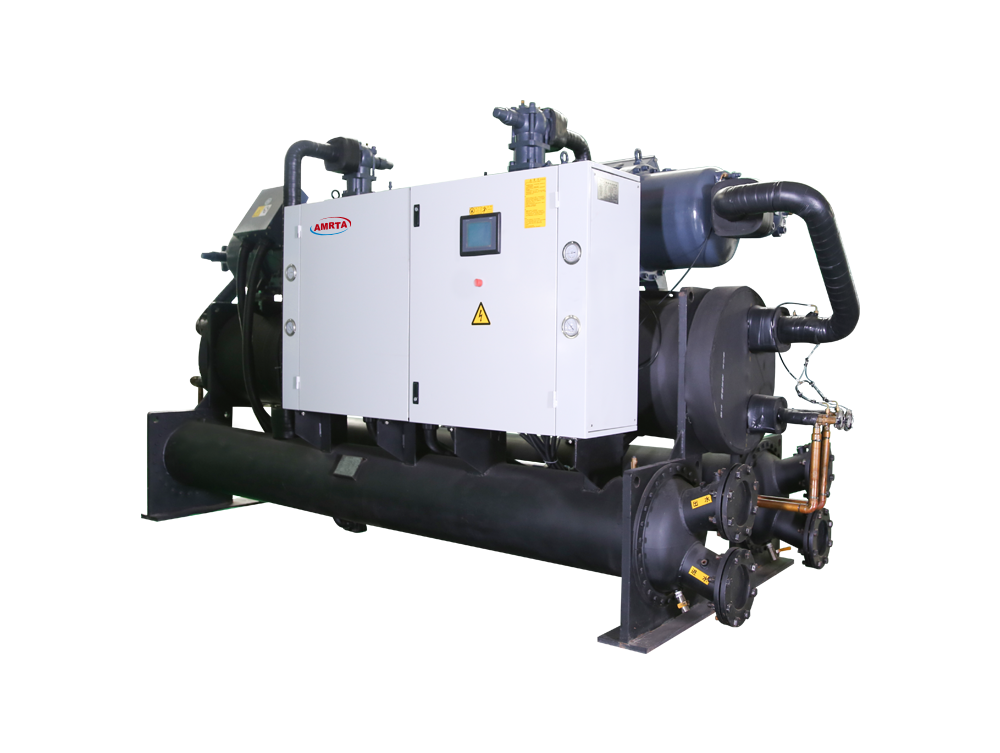One of the experience of using GPS Beidou clock system in substation
With the ever-increasing scale of the power grid, it is of great significance to set up a unified GPS Beidou clock system for all devices in the entire network. This article describes the GPS Beidou clock system and its application in the power system, and elaborates some of the matters needing attention during the installation and maintenance of the GPS Beidou clock system.
Â
1 Introduction
With the ever-increasing scale of power grids, the accumulated error of the clocks of microcomputer protection and other automatic devices can not be neglected after a long time of operation, thus making the time of various devices lose synchronization, and then affecting the normal operation of the automation devices and giving the power system security and stability. Operation brings harm.
This article describes the GPS system and its application in the power grid, and briefly explains its installation process and maintenance of common problems.
2 GPS Global Positioning System
2.1 Introduction to GPS System
GPS is the next generation satellite navigation system in the United States. It can provide users with high-accuracy position, speed, and hourly information in real time throughout the day. The GPS system includes space, ground control, and user equipment.
The space part is the satellite constellation. Every second, three kinds of pseudo-random codes are transmitted through the L1 and L2 bands: C/A code (coarse code), P code (precise code), and Y code (encrypted P code). C/A code positioning accuracy of 25m, multiple positioning accuracy of 8m, timing accuracy of 100ns, the world can be used free of charge: P code positioning accuracy l0m, multiple positioning accuracy can reach centimeters, timing accuracy of 10ns, only the United States and Allies and authorized civilian departments use it.
The ground control part is the ground monitoring system. The ephemeris broadcast by each GPS satellite is provided by the ground monitoring system. Another important role of the ground monitoring system is to keep all satellites at the same time as a standard GPS time system. This requires the ground station to monitor the time of each satellite to find the clock difference, and then the ground injection station sends the satellites. The satellites are then navigated. The message is sent to the user's device.
The user equipment part, ie, the GPS signal receiver, is tasked with capturing the signals of satellites to be measured selected by the satellite's altitude cut-off angle, tracking the operation of these satellites, transforming and amplifying the received GPS signals. Processing to measure the propagation time of the GPS signal from the satellite to the receiver antenna, interpret the navigation message sent by the GPS satellite, and calculate the three-dimensional position of the station in real time, and even the three-dimensional speed and time.
2.3 Introduction of Beidou Satellite Navigation System
The BeiDou Navigation Satellite System (BDS) is a global satellite navigation system developed by China. It is the third matured satellite navigation system following the United States Global Positioning System (GPS) and the Russian GLONASS satellite navigation system (GLONASS). The Beidou Satellite Navigation System (BDS) and the United States GPS, the Russian GLONASS, and the European Union GALILEO are recognized suppliers to the Satellite Navigation Commission.
Beidou satellite navigation system consists of three parts: space segment, ground segment, and user segment. It can provide high-precision, highly reliable positioning, navigation, and time service for all types of users around the world and all-day, with short message communication. Ability, has initially had regional navigation, positioning and timing capabilities, positioning accuracy of 10 meters, speed accuracy of 0.2 meters / second, timing accuracy of 10 nanoseconds. On December 27, 2012, Beidou System Space Signal Interface Control Document 1.0 was formally announced. Beidou Navigation Services officially provided passive positioning, navigation, and timing services in the Asia Pacific region. On December 27, 2013, two system files, Beidou System Open Service Performance Specification (Version 1.0) and Beidou System Spatial Signal Interface Control File (Version 2.0), were issued. On November 23, 2014, the Maritime Safety Committee of the International Maritime Organization reviewed and approved the navigation safety circular for the recognition of the Beidou satellite navigation system. China’s satellite navigation system has been approved by the International Maritime Organization.
At 19:45 on November 5, 2017, China used the Long March 3 B carrier rocket at the Xichang Satellite Launch Center and successfully launched the 24th and 25th Beidou navigation satellites in a “one arrow and double star†approach. 2.2 GPS Beidou clock system application in power system
At present, the GPS Beidou clock system mainly uses check-up clocks. For example, relay protection devices, fault recorders, other automatic devices, and dispatch automation systems in the entire network all have GPS timing interfaces. These interfaces are connected to the GPS Beidou clock system. Automatic timing program, which compares the device's own clock with the GPS Beidou clock system at regular intervals. When the time difference exceeds a certain rule, the GPS Beidou clock system is automatically used to modify the device clock. When the program is given). In this way, the protection devices and automatic devices of the entire network have a unified clock to accurately record the time of each accident so that accident investigations can be conducted and quasi-deterministic.
Water Cooled Chiller
Reversible cycle water cooled chiller was developed to provide a simple and effective response to the HVAC requirements of residential and small business users, Provide comfortable air in both summer and winter, and create hot water for sanitary use all the year round. With factory completed and tested package accessories, make the on site installation just involves making connections between the main power and water supplies.
1. Water cooled scroll chiller. Cooling capacity 80kW/120kW/160kW.
With high efficiency scroll compressor. Shell and tube type and enviroment friendly R410a refrigerant. Multi units parallel technology, more compressors parallel design to save more power, heat recovery function.
2. Water cooled screw chiller. Cooling capacity 130kW to 2500kW/37Ton to 715Ton.
With semi-hermetic screw compressor for the whole range. Each compressor is equipped with a crankcase heater and a built-in electronic protection with temperature sensor located directly in the motor winding and on the discharge line.
3.Wide application as hotel, apartment, villa, factory, shopping center, office building, scholl etc.


Water Cooled Chiller,Industrial Water Cooled Chiller,Modular Water Cooled Scroll Chiller,Scroll Industrial Water Chiller
Jinan Amrta Air Conditioning Co.,Ltd , https://www.amrtaac.com

